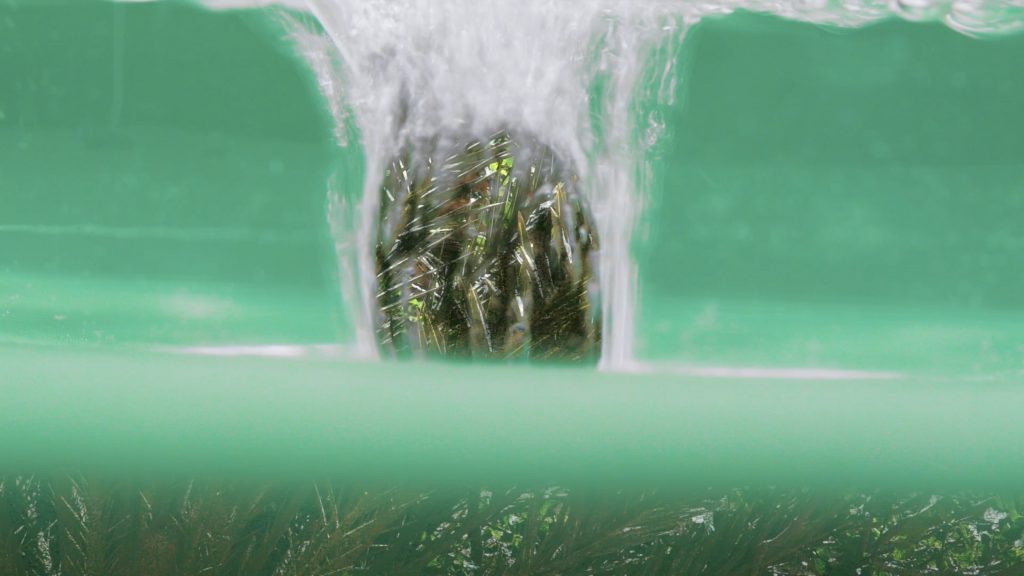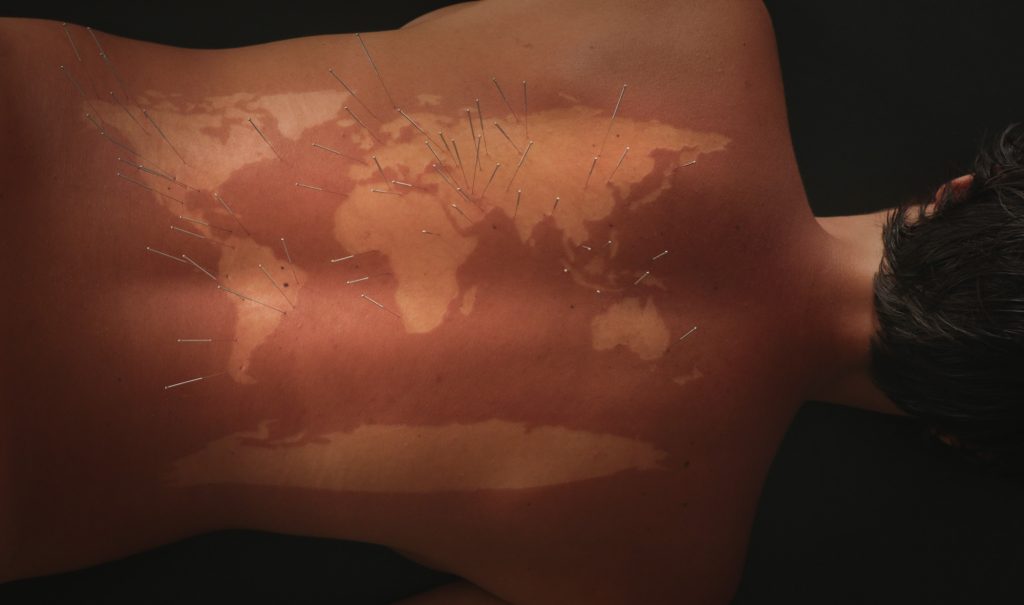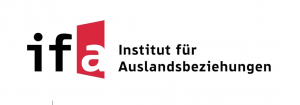
Hara Shin, Immaterial Mapping (still), 2018. Videowork.
Image courtesy of the artist.
Mapping the Cartographic: Contemporary Approaches to Planetarization (January 28th to February 28th, 2022) curated by Collective Rewilding is now on view at Drugo More in Rijeka, Croatia.
Curatorial Proposal:
After Earth’s famous satellite visualization “The Blue Marble” of 1972, contemporary art has engaged in a view of the planet, where Earth, as WTJ Mitchell explains, has been treated as an image.[1] This is so much so that to enter a space today is like entering a virtual picture, where the subject is only but a character in a preconceived image or stage. In that regard, the exhibition, Mapping the Cartographic: Contemporary Approaches to Planetarization, inquires into practices that counter the plethora of visualization technologies that add to the extensive repertoire of representations of the natural world.

Marina Fraga, 63 Perforations (still), 2015, Videowork.
Image courtesy of the artist.
Since it is through media that we grasp the Earth’s multiple manifestations we must acknowledge the important relationships embodied in map-making practices. Media theorist Jussi Parikka explained that “our relationship with the Earth is mediated through technologies and techniques of visualization, signification, calculation, mapping, prediction, simulation, and so forth.” “It is through and in media,” says Parikka that “we grasp Earth as an object for cognitive, practical, and affective relations.”[2] Maps, however, have been continuously acknowledged as neutral or universal, for these visual and often hyperreal technologies underscore a sense of the “natural” that support dominant ideas about nature as being external to humans.
The selected artworks, therefore, use the provocation of mapping as a strategy to navigate what Amy J. Elias and Christian Moraru called the complex “understanding of virtual and physical spatiality that constitutes the lived circumstance of interrelatedness.”[3] In proposing other approaches to cartography, the artworks underscore the necessity of deconstructing linearity and one-point perspective, offering instead spaces of re-territorialization, new temporalities, and recognition of all human and non-human actants that make all forms of spatialization possible. In that regard, the exhibition asks: How can artistic projects undermine or rethink the technification of the natural and its rendition as real? How is digital representation mediating our changing notion of the “natural” as a boundary, resource, or engendered terrain?
The concept of plenetarization further underlines the importance of critically thinking about the mediums, perspectives, and visual forms that contemporary artists are using to emphasize the urgent need for new orientations towards the world.[4] The view of planetarization that these artworks embody, ultimately reveal what Bruno Latour stressed: that we can no longer treat the Earth as the backdrop of our reality but as a co-producer through which agencies are redistributed.[5] The return to an earth-based thinking as alluded to by the concept of planetarization is, thus, a call to radically open the possibility of what constitutes nature, space, and reality. This is a strive towards new and alternative meanings beyond those stipulated by western (modern) visuality, which although has resulted in a variety of “cartographic impulses,” demonstrates a collective process, a geopolitical vision, and a poetic notation that captures our disappearing landscapes. Ones that despite constant monumentalization have remained imperceptible to the human eye, or at least until now when we finally begin to grasp the full significance of its demise.
Selected from an open call supported by the Institut für Auslandsbeziehungen, NextMuseum.io, Museum Ulm, and the NRW Kunst Palast Forum, Collective Rewilding (Sara Garzón, Ameli M. Klein, and Sabina Oroshi) selected fourteen artists out of a pool of 150 applicants. Through a series of conversations over telegram chat groups and online programs, the exhibition has been the result of intellectual and artistic exchanges between this international group of artists who are today at the forefront of cartographical practices in creative and innovative ways. The final selection includes artworks by: Iman Datoo (UK), Aksiniya Peycheva (Bulgaria), Pedro Hurpia (Brazil), Marina Camargo (Brazil), Marina Fraga (Brazil), Monika Gabriela Dorniak (Germany), Hara Shin (Germany), Paula König (Germany), Yiannis Pappas (Greek), Matheus da Rocha Montenari (Brazil), Deborah Mora (Italy), Hanne van Dyck (Belgium), Latent Community (Sotiris Tsiganos and Ionian Bisai), Luka Kedžo (Croatia).

Monika Dorniak, Past Pieces Merging With What I Call Now, 2018.
Live performance and video. Image courtesy of the artist.
Collective Rewilding is a curatorial group and research laboratory that proposes critical new examinations and optical perspectives to help unpack histories of resistance, knowledge exchange, and networks of artistic solidarity against colonial and Anthropocenic structures of power. By problematizing the concept of rewilding, we investigate the intersection between care, ecology, and curatorial practice. Rewilding, in that sense, constitutes a methodology for curatorial and artistic practice that helps us situate ourselves vis-à-vis each other, other-than-human beings, and our multiple yet disparate emergent social concerns. Aiming to construct assemblages of views, temporalities, and peoples we engage in practices that depart from a multi-species, feminist, and decolonial ontology.
https://drugo-more.hr/mapping-the-cartographic/

Full List of images:
- Mapping the Cartographic: Contemporary Approaches to Planetarization. Installation view (2022). Images courtesy of Drugo More. Photos by Tanja Kanazir.
- Iman Datoo, Kinnomic Botany: Freeing the Potato from its Scientific and Colonial Ties, Video essay. Video courtesy of the artist.
- Luka Kedžo, A case filled with big data and small comprehension, 2021-2022. Plastic case, metal stand, silicone, pigment, bones, beeswax. 75 x 100 x 35cm. Image courtesy of the artist.
- Deborah Mora, 0° N, 0° E, 2020, video installation, 16’55”, digital, mixed media. Image courtesy of the artist.
- Pedro Hurpia, The Hummmm (still), 2020. Videowork. Image courtesy of the artist.
- Hara Shin, Immaterial Mapping (still), 2018. Videowork. Image courtesy of the artist.
- 7-10. Monika Dorniak, Past Pieces Merging With What I Call Now, 2018. Video and sculptural work. Images courtesy of Drugo More, photo taken by Tanja Kanazir.




